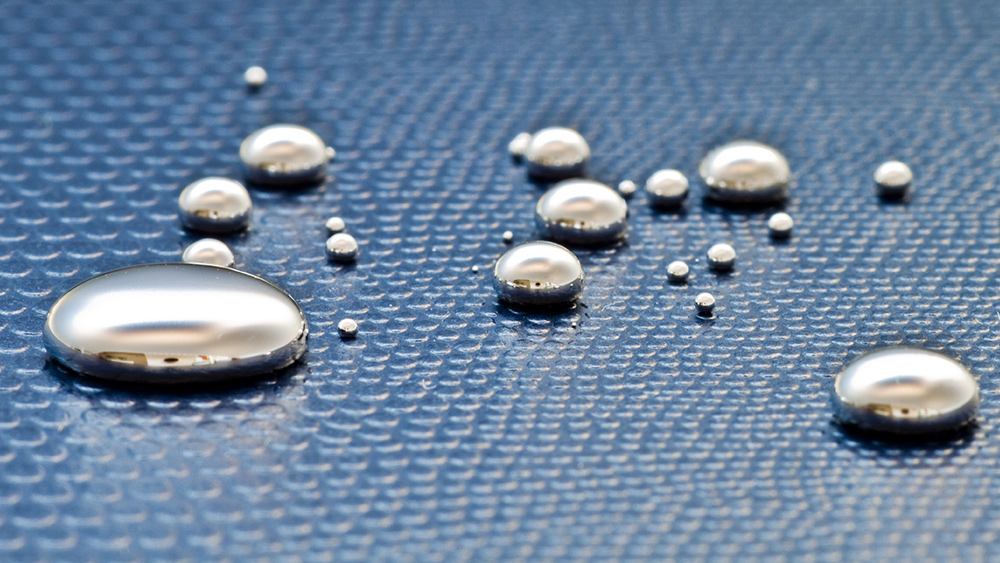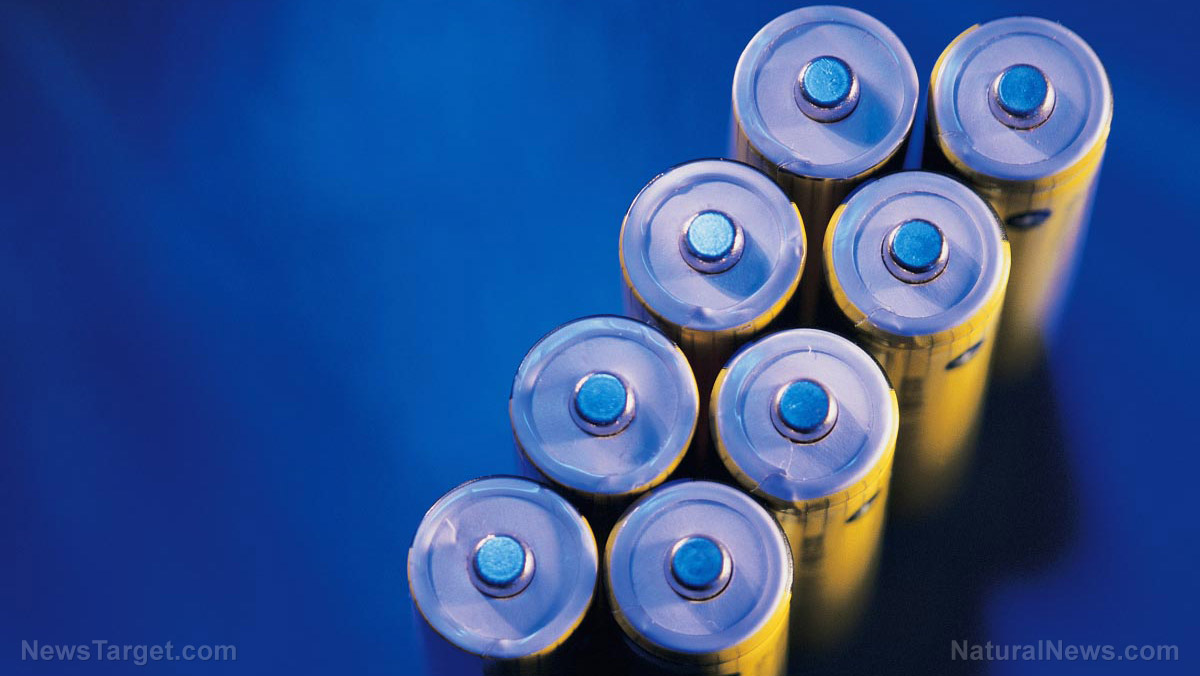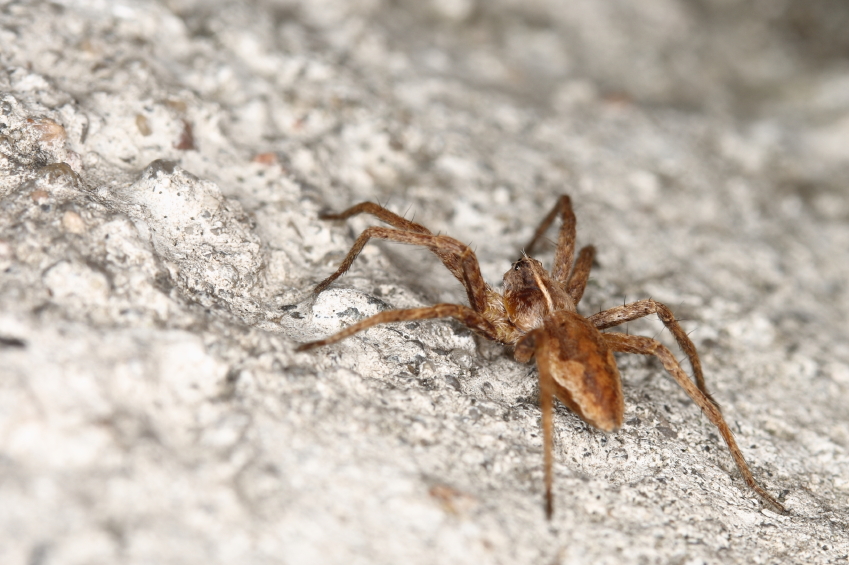Scientists propose new engineering method that can improve how we build buildings and bridges
03/29/2019 / By Edsel Cook

We know that pearlite is incredibly tough and stretchable, making it the go-to material for bridges and other structures that need to withstand massive amounts of stress. But Japanese researchers finally figured out the specific means through which this steel alloy achieved its amazing mechanical properties.
Also called “pearlitic steel,” this type of steel is considered to be one of the strongest materials ever made by man. It can be turned into various shapes, including the thin lengths that can hold up the slender forms of suspension bridges during strong winds.
Pearlite has a very high load capacity that lets it support considerable amounts of mass. But the area of ductility is where it truly shines. Ductility is the ability of a material to shrink and stretch before it breaks. It is an important property for constructing bridges and other load-bearing structures. (Related: Could bioplastics be a more sustainable option for 3D printed buildings?)
Pearlite is super strong, very stretchy, and quite mysterious
There are construction materials that can match or even exceed the strength of pearlite when it comes to carrying weight. But these materials have much lower levels of ductility. If they are stretched, these materials will snap long before their pearlite equivalent does.
For example, concrete is a very strong construction material. But a sufficiently powerful earthquake can bring down imposing concrete structures with ease.
Suspension bridges, on the other hand, look flimsy. But they can support a large amount of weight thanks to the pearlite in them. That same steel helps these bridges withstand the severe structural stresses inflicted by a strong quake.
Pearlite is an alloy made up of cementite and ferrite. The two materials are arranged in alternating layers that are mere nanometers thick.
Cementite is made from iron and carbon. Also called iron carbide, it lends its great structural strength to the alloy. Meanwhile, ferrite is a combination of an iron oxide and another metal, and it is responsible for the astounding ductility of pearlite.
While steelmakers know how to produce pearlite, they and researchers alike did not know how the combination of cementite and ferrite gave the alloy its unique mix of strength and ductility. They also didn’t know how to adjust and improve the interaction between the compounds.
The empty spaces between cementite and ferrite give pearlite its amazing ductility
Researchers at Kanazawa University claim that they now know the secret to pearlite’s super strength. There are “dislocations” in the atomic structures of the interface between a layer of cementite and its ferrite counterpart. These gaps take the stress off the brittle cementite whenever the compound gets compressed or is forced to stretch.
“The spacing between dislocations on a cementite-ferrite interface determines how deformation travels through the nanolayers,” said researcher and co-author Tomotsugu Shimokawa. “Manipulating the dislocation structure and the distance between dislocations can control the ductility of pearlite.”
Using computer simulations of a pearlite wire, Shimokawa and his colleagues created dislocations between the layers that made up the alloy. The virtual gaps are oriented in different directions and separated by different distances.
Their report identifies specific dislocation structures and distances that can stop destructive cracks from appearing in the cementite layer or spreading through the material. They believe that these atomic structures and gaps can be manipulated to form in pearlitic steel.
“Increasing the ductility of pearlite means it can resist more shearing stress without breaking or tearing,” Shimokawa explained. Furthermore, he and his colleagues believe that different dislocation shapes could improve the other properties of pearlite. These refined versions of the steel alloy could be used in other construction and engineering projects.
Sources include:
Tagged Under: breakthrough, bridges, construction materials, cool science, discoveries, engineering, future science, materials research, physics, steel, steel alloy

















